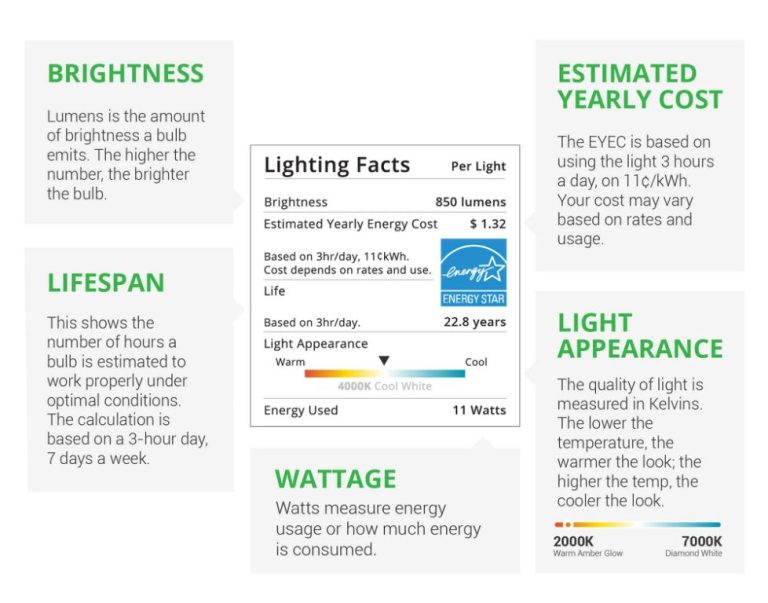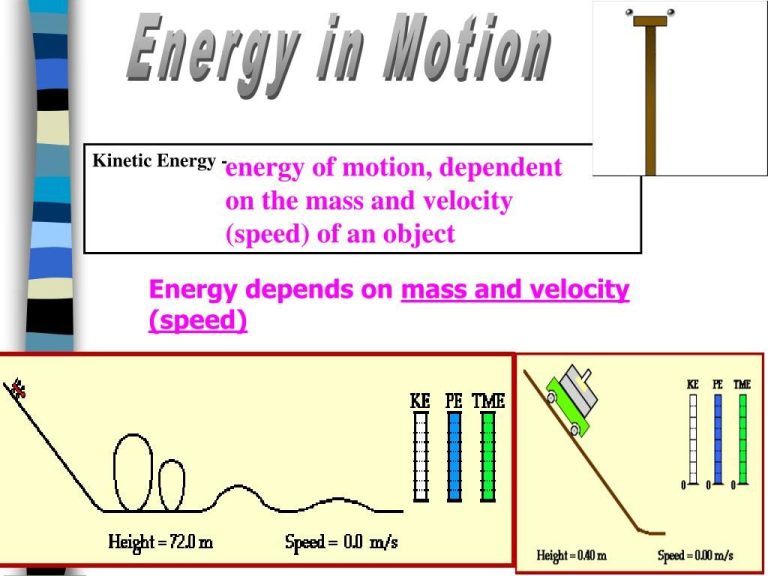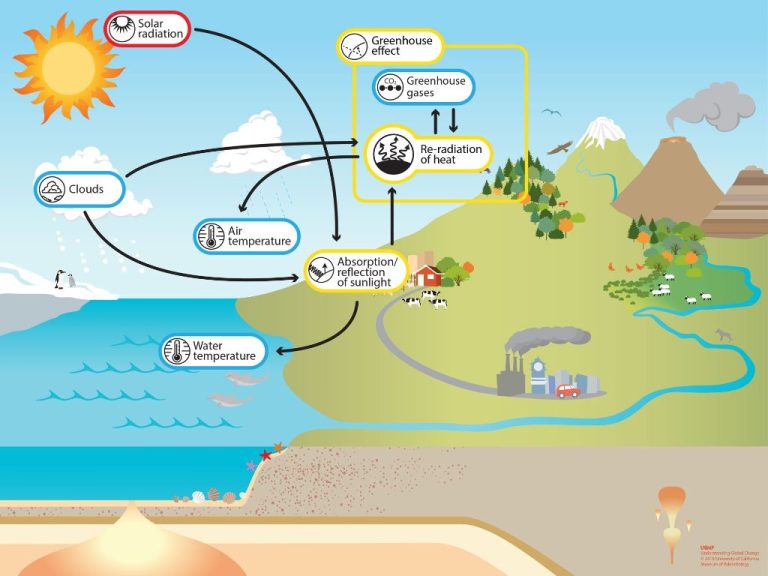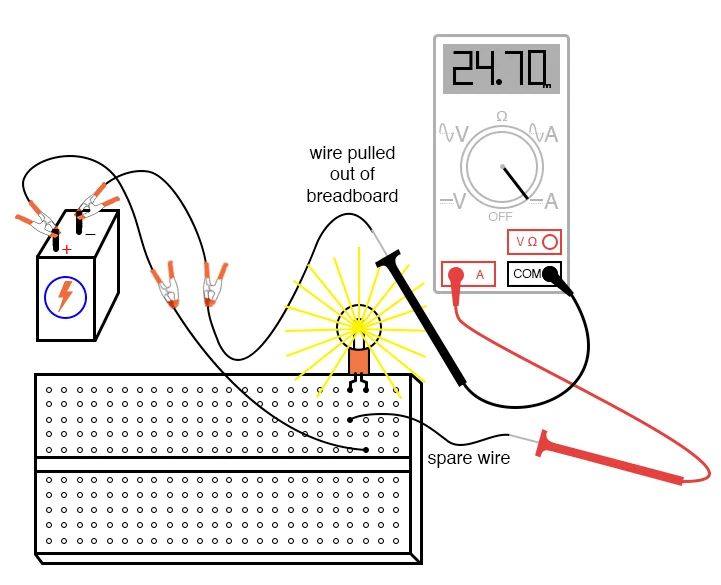How Strong Are Electric Magnets?
Electric magnets are magnets powered by electricity. They are made by wrapping coils of wire around a magnetic material, like iron, and running an electrical current through the coils. Electricity generates a magnetic field around the coiled wire, which induces a magnetic field in the core material, creating a temporary magnet. The strength of the magnetic field can be controlled by adjusting the amount of current flowing through the coils.
Electric magnets were invented in 1825 by British scientist William Sturgeon. He demonstrated that an iron bar wrapped in a coil of wire became magnetized when electricity passed through the coil. Sturgeon’s electromagnet was a major breakthrough and led to many new inventions and technologies.
The flowing electric current generates a magnetic field with lines of force circulating around each loop of wire. The magnetic field accumulates in the core and flows through the gaps between the loops. The more loops of wire, the stronger the magnetic field. The magnetic field remains only as long as current flows through the wire. When the current stops, the core loses magnetization.
Magnetic Field Strength
The strength of an electric magnet’s magnetic field is determined by the electromagnetic force generated when electric current flows through a conductor. Electromagnets utilize the magnetic properties of the electric current to create magnetic fields. The strength of the magnetic field depends on three key factors:
Current Flow – A greater electric current flowing through the electromagnet coil produces a stronger magnetic field. Current is measured in amperes or amps. More amps result in a stronger magnetic pull.
Number of Coils – Adding more loops or coils of wire in the electromagnet increases the number of currents flowing and concentrates the magnetic field, resulting in greater strength.
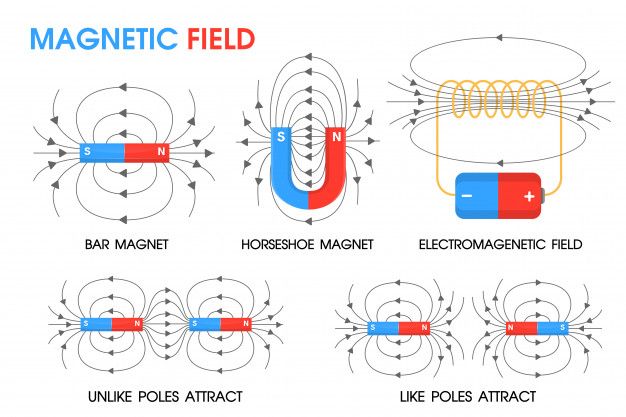
Core Material – The core placed inside the coil acts to amplify and direct the magnetic field. Cores made of ferromagnetic materials like iron produce stronger magnetic effects.
Common Uses
Most people are familiar with small electric magnets which they use in everyday life for things like attaching papers to refrigerators, adhering the metal back of a picture frame, or using a magnetic stud finder to locate nails beneath drywall. However, there are many industrial and scientific applications that utilize much stronger electromagnets.
One of the most common uses of powerful electromagnets is lifting and moving scrap metal and other ferrous materials in recycling yards and auto salvage operations. These powerful magnets can pick up and transport thousands of pounds of metal quickly and efficiently.
In the medical field, MRI (magnetic resonance imaging) machines employ strong superconducting electromagnets which allow them to generate the detailed body scans that have become an invaluable diagnostic tool. The magnets in an MRI machine can produce fields from 0.5 Tesla up to 3 Tesla, more than 10,000 times stronger than the Earth’s magnetic field.
Particle accelerators like the Large Hadron Collider use massive dipole electromagnets to accelerate and direct beams of subatomic particles at close to the speed of light. These specialized magnets help provide insights into the fundamental nature of matter and energy.
Industrial Applications
Electric magnets are indispensable in many industrial applications. Their ability to lift heavy loads and separate mixtures of materials efficiently makes them a vital component of modern manufacturing and resource extraction. Two of the most prominent uses are in cranes and material separation.
Cranes utilize powerful electromagnets to lift and move heavy loads around industrial sites. By running an electric current through a coil, they can generate magnetic fields strong enough to pick up large metal objects like shipping containers, steel beams, and machinery. Operators can turn the magnetism on and off as needed to temporarily attach to loads. Electromagnets provide a safer and more versatile alternative to hooks, cables, and chains traditionally used with cranes.
Another common industrial use is separating mixed materials based on their magnetic properties. Conveyor belts carry a stream of scrap metal, plastics, minerals, and other materials under strong electromagnets. Magnetic materials like iron are pulled upwards by the magnetic field while non-magnetic substances pass under unaffected. This allows automated sorting of recycling streams, purification of ores, and separation of c
Experimental High-Strength Magnets
Researchers around the world have been pushing the boundaries on how powerful an electromagnet can become. Many have set records for the strongest continuous magnetic fields created in a lab.
In 1999, scientists at the National High Magnetic Field Laboratory built an electromagnet that produced a world record continuous field of 45 teslas. Over a decade later in 2011, their record was broken by researchers in Japan who achieved a field strength of 47 teslas. The 47-tesla magnet wound up being shorter-lived than expected, with the windings melting after just 4 seconds.
As of 2019, the new world record is 45.5 teslas, achieved by the same Florida magnet lab that previously held the record. Their new magnet uses a slightly different design to optimize performance. While brief, the ultra-high magnetic fields enabled by these electromagnets can be invaluable for researchers exploring quantum effects and properties of materials under extreme conditions.
Maglev Trains
Maglev (magnetic levitation) trains use powerful magnets to levitate the train above the track, eliminating friction and allowing extremely high speeds. Rather than using wheels, the train floats just above the guideway using the repulsive and attractive forces between electrified coils along the track and magnets attached to the underside of the train.
Without friction, maglev trains can reach speeds over 600 km/h (375 mph). The Central Japan Railway has tested maglev trains at over 600 km/h, and aims to connect Tokyo to Nagoya with a maglev line by 2027 that would cut travel time from 1 hour 40 minutes to just 40 minutes. Commercial maglev trains like the one in Shanghai can already reach speeds over 430 km/h.
Maglev trains are more efficient than conventional trains since they use less energy at high speeds once levitated. However, they are currently expensive to build due to the sophisticated magnet and propulsion systems. But proponents argue that the high speeds justify the costs for certain dense city-to-city connections.
Limits and Challenges
While electric magnets are very powerful, they also come with limitations and engineering challenges. Two of the main limiting factors are the need for large power sources and the constraints of coil materials.
Electric magnets require tremendous amounts of electric current to generate strong magnetic fields. This necessitates large, dedicated power sources which can supply the magnet coils with thousands of amps of current. Providing this level of power is expensive and technically challenging, especially for very large research magnets.
In addition, the strength of the magnetic field is limited by the coil windings used to construct the electromagnet. Very strong magnetic fields can start to damage conventional coil materials like copper through overheating. Researchers are exploring advanced materials like high-temperature superconductors to overcome these limitations.
Future Possibilities
As technology advances, the future potential for creating even stronger electric magnets is exciting. Scientists are continuing to push the boundaries of magnetic field strength through innovative techniques and new materials.
One area of focus is pursuing new records for the strongest continuous magnetic field. In the decades ahead, researchers may be able to surpass 1,000 teslas or more using hybrid magnet systems and other cutting-edge magnet configurations. These extreme magnetic fields could open up new experimental capabilities in physics research.
In terms of applications, stronger magnets may find uses in maglev transportation systems. Maglev trains currently under development rely on strong superconducting magnets to levitate and propel the train. More powerful magnets could allow maglev trains to accelerate faster, carry heavier loads, and improve efficiency. This has the potential to make maglevs competitive with conventional rail for long-distance travel and shipping. Other magnetic levitation transport ideas, like the “hyperloop”, could also benefit from more robust magnets in the future.
Magnetic Fields and Health
Electric magnets can produce strong magnetic fields, which may raise concerns about potential health risks with prolonged exposure. However, most everyday exposures to magnetic fields from electric magnets do not pose significant health risks.
Extremely powerful magnets used in research and industrial settings can generate magnetic fields above recommended guidelines. Safety precautions are therefore important for those working closely with such magnets on a regular basis.
For the general public, magnetic field exposure from consumer-level electric magnets is generally minimal. As long as reasonable distance is maintained, short-term exposure from common electric magnets is not considered hazardous.
Some tips for minimizing magnetic field exposure include:
- Maintaining a distance of at least 2-3 feet from active industrial-strength electric magnets.
- Storing or using hobby-level electric magnets away from areas where people spend a lot of time.
- Never letting children play with or swallow powerful magnets.
- Consulting occupational safety guidelines for those working regularly around electric magnets.
- Seeking medical advice if experiencing symptoms that could potentially be related to high magnetic field exposure.
With reasonable precautions, the majority of electric magnet uses pose very little health risks from their magnetic fields. However, care should be taken around exceptionally strong experimental or industrial electric magnets producing fields significantly above established guidelines.
Conclusion
Electric magnets have come a long way since their initial discovery and early implementations. From lifting heavy objects to enabling futuristic transportation, electric magnets play an important role across many industries. As we’ve explored, the strength of electric magnets depends on various factors like the number of coil windings, core material, and input current. While today’s strongest electric magnets can generate fields up to 45 teslas, there are still challenges and limits to how powerful these magnets can become. Continued research and innovative designs will be key to pushing these boundaries further.
What is clear is that electric magnets will continue enabling technologies and discoveries we can scarcely imagine today. With more powerful and efficient magnets, we open new possibilities in transportation, computing, medicine, and more that can benefit humanity. While care must be taken in deploying extremely strong magnetic fields, the future for electric magnet technology looks bright. With an eye towards sustainable innovation, scientists and engineers will unlock even greater uses for these unseen forces that shape our world.

